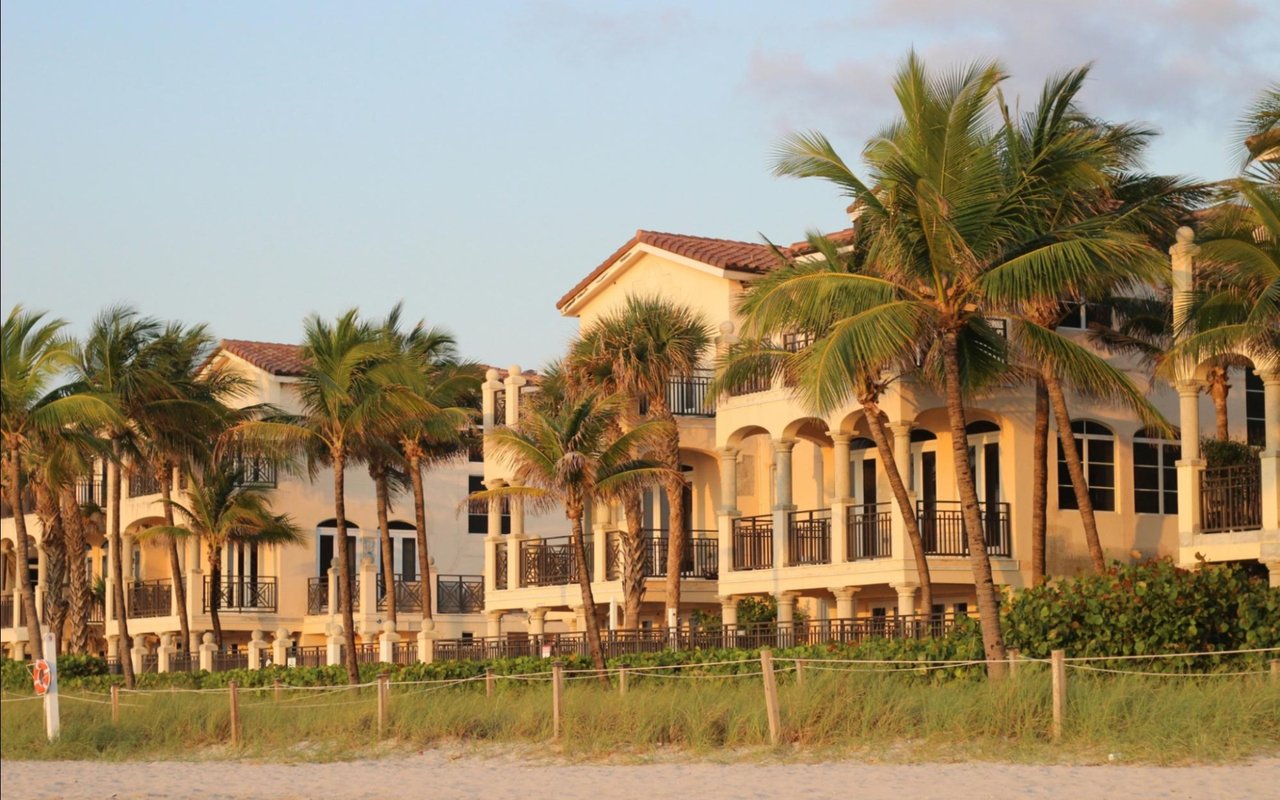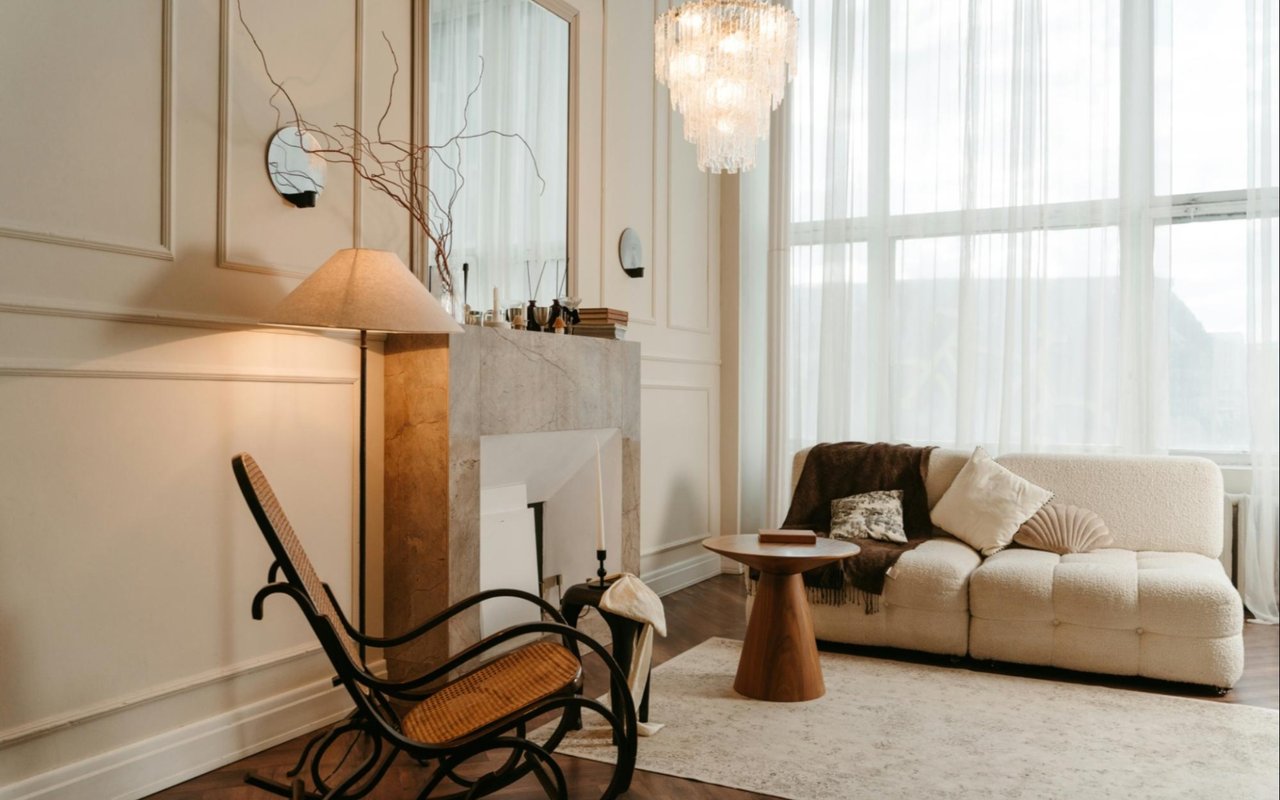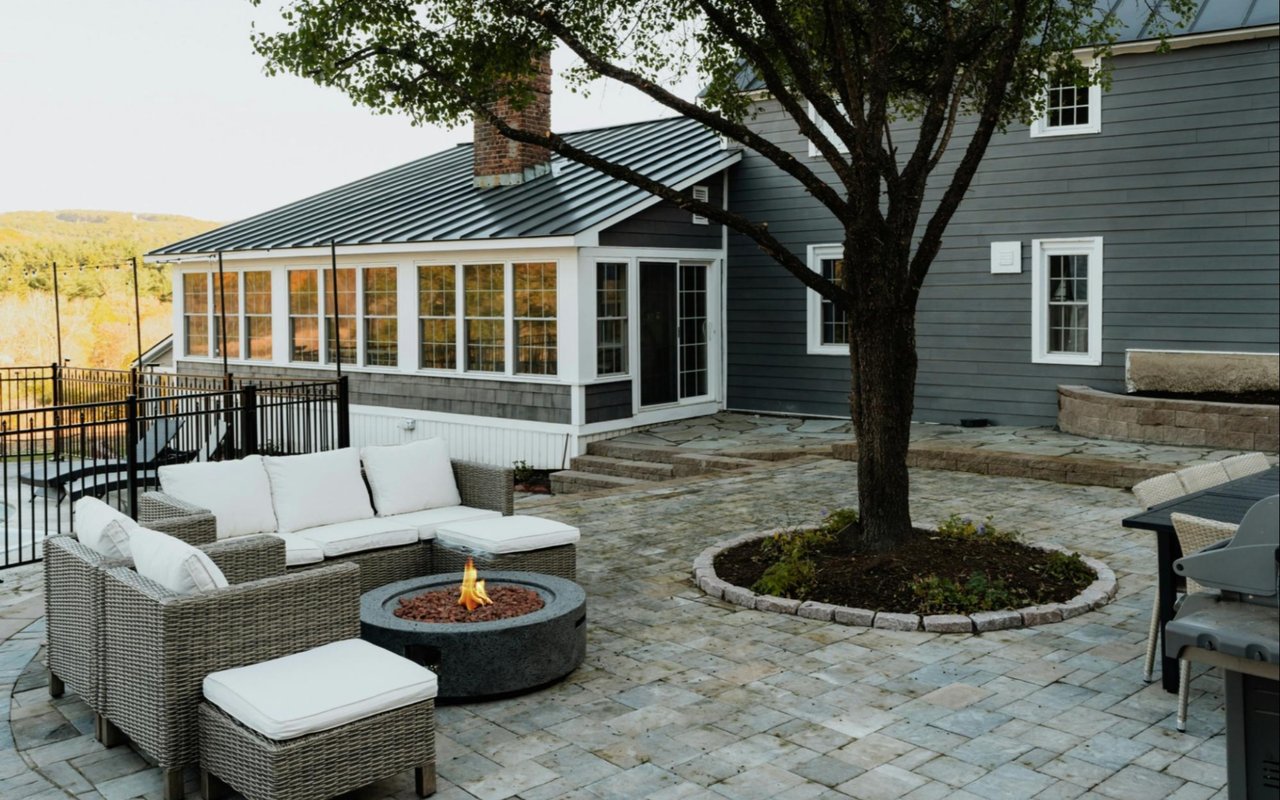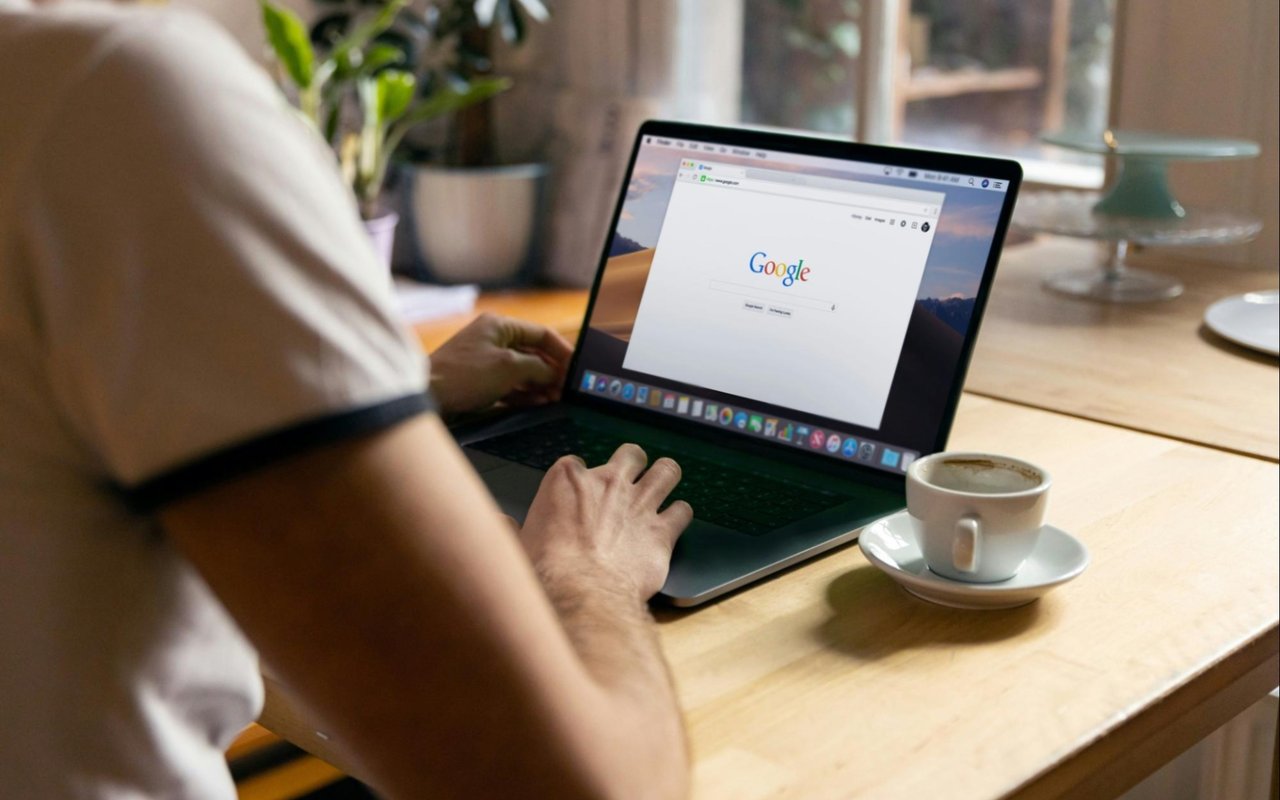Homeowners insurance is essential to homeownership, providing financial protection against various risks and damages. Due to the region's unique climate and environmental challenges, understanding what homeowners insurance covers is crucial for South Florida property owners. This beginner's guide will help you navigate the complexities of homeowners insurance and ensure your investment is adequately protected.
Understanding Homeowners Insurance
Homeowners insurance is a policy that protects your home and personal belongings against damage or loss caused by various perils. It also provides liability coverage in case someone is injured on your property. While the specifics can vary depending on the insurer and policy type, most standard homeowners insurance policies include several key components.
Coverage Components
1. Dwelling Coverage
Dwelling coverage protects your home's physical structure, including the walls, roof, and built-in appliances. This is particularly important in South Florida due to the risk of hurricanes, tropical storms, and other severe weather events. Dwelling coverage helps pay for repairs or rebuilding if your home is damaged or destroyed by a covered peril, such as fire, wind, or hail.
2. Other Structures Coverage
This component covers structures on your property that are not attached to your main house, such as detached garages, sheds, fences, and gazebos. If a covered peril damages these structures, your policy will help pay for repairs or replacement.
3. Personal Property Coverage
Personal property coverage protects your belongings, including furniture, electronics, clothing, and other personal items. If your possessions are damaged, stolen, or destroyed by a covered peril, this coverage will help reimburse you for their value. In South Florida, it's important to ensure your policy provides adequate coverage for high-value items, as the risk of theft can be higher in some areas.
4. Loss of Use Coverage
If your home becomes uninhabitable due to a covered peril, loss of use coverage helps pay for additional living expenses while your home is being repaired or rebuilt. This can include hotel stays, restaurant meals, and other necessary expenses. This coverage is especially valuable in South Florida, where hurricane damage can sometimes render homes temporarily unlivable.
5. Liability Coverage
Liability coverage protects you if someone is injured on your property or if you accidentally cause damage to someone else's property. It helps cover legal fees, medical expenses, and any settlements or judgments against you. Given the potential for slip-and-fall accidents around pools and patios common in South Florida homes, this coverage is crucial.
6. Medical Payments Coverage
This component covers medical expenses for guests who are injured on your property, regardless of who is at fault. It typically has lower limits than liability coverage but can help cover immediate medical costs.
Common Perils Covered
Most standard homeowners insurance policies cover a range of perils, including:
- Fire and smoke
- Windstorms and hail
- Lightning strikes
- Theft and vandalism
- Explosions
- Falling objects
- Weight of ice, snow, or sleet
- Water damage from plumbing, heating, or air conditioning systems
Perils Typically Not Covered
While homeowners insurance covers many risks, some perils are typically excluded, especially in South Florida:
1. Flood Damage
Standard homeowners insurance does not cover flood damage, which can be a significant risk in South Florida due to heavy rains and hurricanes. Homeowners in flood-prone areas should consider purchasing separate flood insurance through the National Flood Insurance Program (NFIP) or a private insurer.
2. Earthquake Damage
Earthquake damage is also not covered by standard policies. While earthquakes are less common in South Florida, homeowners who are concerned about this risk can purchase separate earthquake insurance.
3. Sewer Backups
Damage from sewer backups is typically not covered, but you can add a sewer backup endorsement to your policy for additional protection.
4. Wear and Tear
Homeowners insurance does not cover damage resulting from normal wear and tear or lack of maintenance. It's important to keep your home in good repair to prevent issues that won't be covered by your policy.
Special Considerations for South Florida
South Florida's unique climate and environmental conditions require homeowners to pay special attention to certain aspects of their insurance coverage.
Hurricane Coverage
Due to the high risk of hurricanes, South Florida homeowners must ensure their policies provide adequate windstorm and hurricane coverage. Some insurers may require a separate windstorm policy or have higher deductibles for hurricane-related claims. Review your policy carefully and consider higher coverage limits if needed.
Flood Zones
The Federal Emergency Management Agency (FEMA) has designated many areas in South Florida as flood zones. If your property is in a high-risk flood zone, you may be required to carry flood insurance as a condition of your mortgage. Flood insurance is highly recommended for added protection, even if it's not required.
Coastal Property Considerations
Homes located near the coast may face additional risks from saltwater corrosion, high winds, and storm surges. Coastal property owners should consider higher coverage limits and specific endorsements to protect against these risks.
Tips for Choosing the Right Coverage
- Assess Your Risks: Evaluate the specific risks associated with your South Florida property, such as hurricane and flood exposure. Choose coverage that addresses these risks comprehensively.
- Inventory Your Belongings: Create a detailed inventory of your personal belongings, including photos and receipts. This will help you determine the amount of personal property coverage you need and make the claims process easier.
- Review Policy Limits: Ensure your policy limits are sufficient to cover the cost of rebuilding your home and replacing your belongings. Consider higher limits for high-value items and additional endorsements if needed.
- Compare Quotes: Shop around and compare quotes from multiple insurers to find the best coverage at the best price. Make sure to compare policies with similar coverage levels and deductibles.
- Consult a Professional: Work with an experienced insurance agent who understands the unique needs of South Florida homeowners. They can help you navigate policy options and ensure you have adequate protection.
Homeowners insurance is a vital tool for protecting your South Florida property against a range of risks and perils. By understanding what is covered and taking special consideration for the region's unique challenges, you can ensure your home and belongings are well-protected.
Ready to secure the best homeowners insurance for your South Florida property? Contact Laurie Ermer of
Laurie's Lauderdale Group, FL, Real Estate Agents, for expert guidance on finding the right coverage for your home. Visit
Laurie's Lauderdale Group to get started on safeguarding your investment today!





